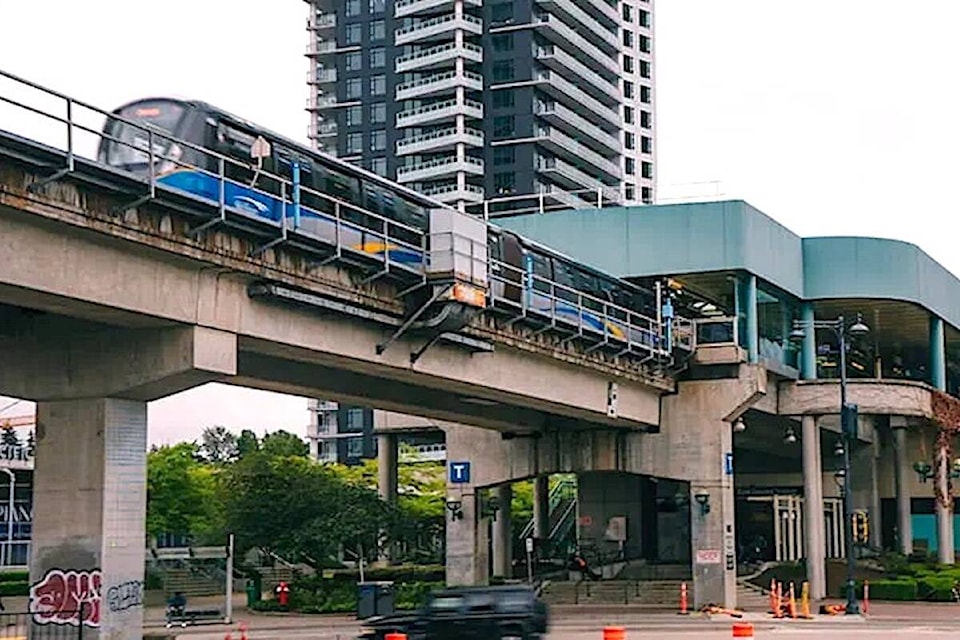The so-called ‘naughty list’ of communities targeted for additional housing grew by 20 with B.C.’s second-largest community — Surrey — joining the list.
Also joining are B.C.’s two largest communities in B.C.’s Interior: Prince George, as the first northern community, and the Okanagan’s Kelowna along with neighbouring West Kelowna.
This quartet is joined by several communities in Greater Victoria (Central Saanich, Colwood, North Saanich, Sidney, View Royal); the Vancouver Island communities of North Cowichan and Nanaimo; the Metro Vancouver communities of New Westminster, City of North Vancouver and Port Coquitlam; and the Fraser Valley communities of Chilliwack, the City of Langley; and Maple Ridge.
Housing Minister Ravi Kahlon announced the communities said to be located in “high-growth, high-need regions” of B.C. Tuesday (April 23) in Victoria.
“This group of 20 are not a naughty list,” he said. “We’ve got communities that are doing good work. We’ve got (City of) North Vancouver, (City of) Langley, we have got Kelowna, all of them doing good work already. This about aligning our targets and then communities that are not doing their work like North Saanich. We need to get more housing being built and so it’s about bringing the two together.”
RELATED: New housing targets call for more than new 60,000 units in 5 years: Kahlon
RELATED: Rural B.C. mayors not eager to embrace new housing legislation
Municipal leaders in several of the chosen communities have generally been supportive of provincial housing initiatives. Kelowna’s Mayor Tom Dyas has frequently met with Kahlon to discuss housing in the fast-growing Okanagan city and has validated provincial policy. But other communities like North Saanich will likely look at their inclusion with a sense of resistance.
City of North Vancouver Mayor Linda Buchanan, for example, said on Twitter that was she surprised about her community’s inclusion. While she acknowledged Kahlon’s praise, she added that her community already has a “thoughtful and responsible plan” for growth.
“In my previous conversations with the (minister), I have been very clear that the (city’s) growth cannot be scaled up as a result of ordering a housing target,” Buchanan said. “However, in the spirit of collaboration, we will continue to engage with the province on housing and infrastructure.”
My response on receiving a housing target order from the province 👇 pic.twitter.com/KHHDUSFatk
— Mayor Linda Buchanan (@LindaCBuchanan) April 23, 2024
Kahlon said he hears from a lot of mayors who say they do not have a housing problem. “They should go and talk to their constituents,” he said. He added that the housing target aim to create housing for people already in communities — not newcomers. While he acknowledged the need for infrastructure to support the additional housing, B.C. needs to be able to build infrastructure and housing at the same time.
“If people don’t have housing, they are not going to be to live in our communities,” he said.
Communities will receive their housing targets for the next five years later this summer under legislation passed last year.
The Housing Supply Act establishes targets for Vancouver, Victoria, Saanich, Abbotsford, Kamloops, Delta, the District of North Vancouver, Port Moody, West Vancouver and Oak Bay.
Their total targets call for 60,000 units within the next five years, representing a 38-per-cent increase in new units to be built compared to what they would have built based on historic projections.
The 20 communities added today do not have targets yet. Kahlon added that the targets for the new communities will be “much lower” because the first 10 communities had to fill a larger gap.
When Kahlon had announced the first 10 communities, he said that the province would be helping those communities to meet their targets in trying to counter the narrative that the province has singled them. But the legislation allows the province to take a more active role in case of failure.
